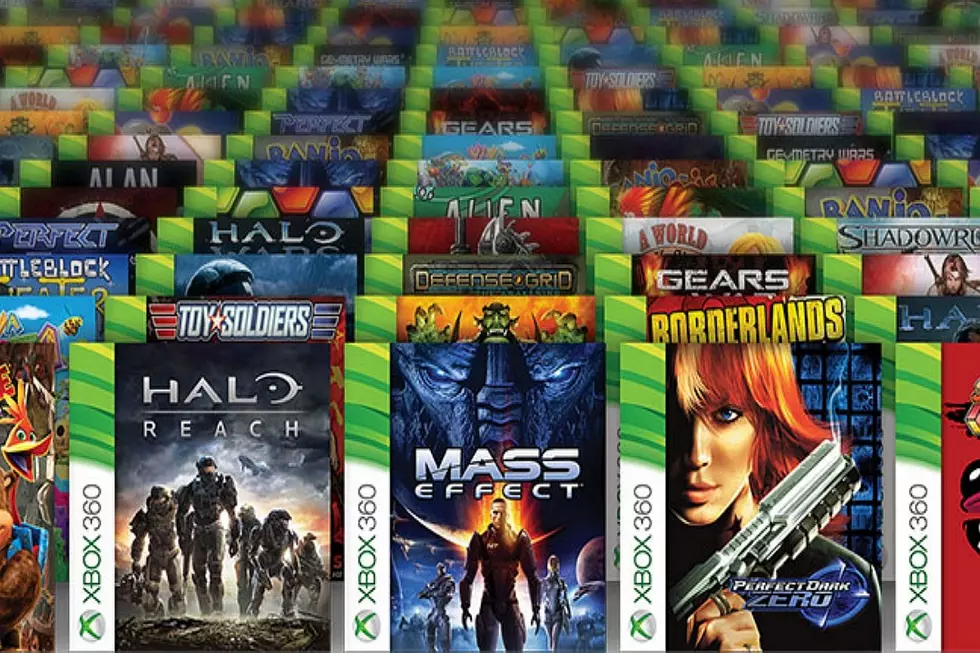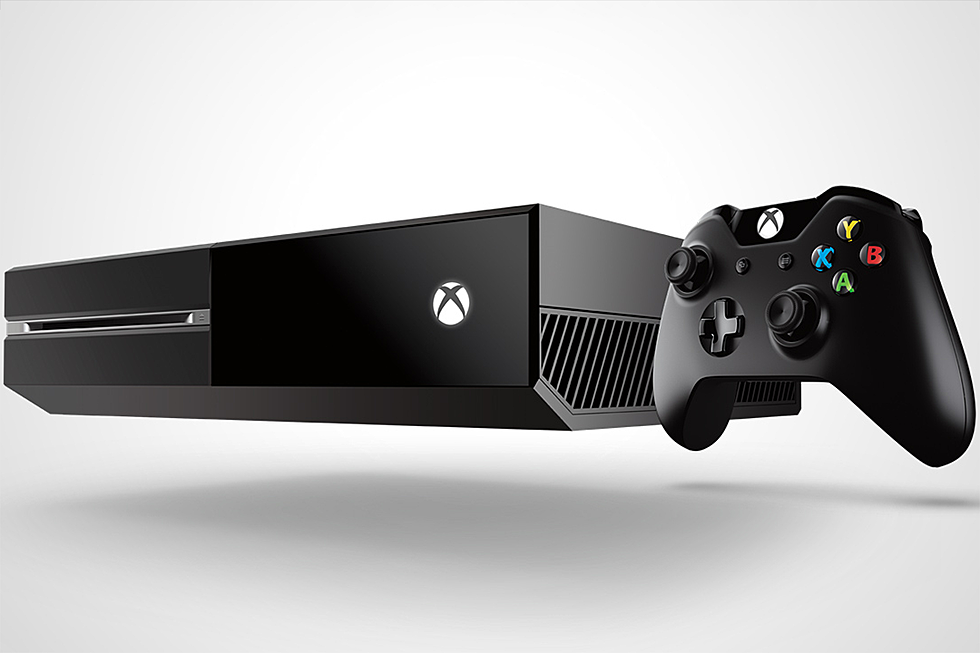
Opinion: How Xbox One’s Lack of Backwards Compatibility Screws Consumers
With the reveal of the Xbox One, Microsoft has aligned itself against the consumers of this world. In the almighty chase of the dollar, Microsoft has continued to ignore the demands of its users. Instead it has chosen to focus only on what will rake in more revenue. While ensuring ROI for its investors is the core tenant for any company, that doesn’t mean the consumer needs to be scammed at each new iteration of a console. As many new startups have proven, sometimes simply making the consumer happy brings in more business than stealing from them blindly.
The core of the problem is Microsoft’s blatant disregard for the supporters that kept Xbox in business for the past eight years. By killing backwards compatibility, Microsoft has limited the lifespan of all its users’ content. For those of us with a stack of 40+ green game boxes at home, how is our loyalty rewarded? For those of us with nearly 100+ pieces of DLC and games that won’t transfer from my Xbox 360 to the Xbox One, why should I ever bother to buy digital content from you again? By disabling the millions of dollars of content that have already purchased, Microsoft is teaching its users that they don’t own the content that they have purchased. Instead, we are all just leasing our content until a new console is released.
In a vacuum, this approach to content might help Microsoft to resell their products to an uneducated public. “Sure, Halo 3 no longer works on my Xbox One. But for $30 I can re-buy that awesome game with new avatar items. Huzzah!” Because Microsoft is the only marketplace for this content, they get to rule the roost, right? Yes and no. While Microsoft will retain control over their exclusive content, they’re in big trouble when it comes to the other marketplaces that are creeping in. Specifically, it's the ever-growing PC market propelled by likes of Steam, Amazon, and Humble Bundle.
Borrowing from the success of Apple’s App Store, these three PC marketplaces have proven that the prices consumers pay for content can continue to lower. With the movement away from discs and shipping, the overhead to release a game has dropped dramatically. Furthermore, these three systems allow gamers to own their games forever. As long as Steam is in existence, users will be able to download and play a copy of Portal that they bought on sale for $2.50. While this user might buy a new computer or upgrade their OS, Portal will still be there for to play on their new system. Not only does this allow them the flexibility to play a great game again and again over the course of 20 years, it assures them that their purchases are permanent. Therefore, they should feel confident to keep on buying more content that they actually own.
Let’s take this even a step further, with the rumors of a Steambox on the horizon (and one already on the market - the Xi3 Piston), why should a consumer stick with the old method of buying another new console and rebuying their old games for each generation? It’s such an antiquated way of thinking. There is no doubt that this philosophy will be made irrelevant in the near future. Had Microsoft been paying attention to the tea leaves, they would have stuck with the tides that brought them success with the Xbox 360 launch. Either they could have worked to develop a machine that supported backwards compatibility, they could have crafted an add-on device that would support BC games on the new console. Or, what if they even allowed the current Xbox 360 to send games into the HDMI input of the Xbox One? Wouldn’t that whet the appetite of the legions of current console owners?
It really is a shame that either Microsoft doesn’t care to support its long term fans or does a piss poor job of showing it. While most of the key executives involved will be left with their golden parachutes, it would be nice if some of the dedicated employees stood up for the die-hard supporters. These gamers have invested hard-earned money in hopes that the Microsoft would repay their loyalty with some kind of support. Instead, they are rewarded with another $500 of hardware that looks prettier but doesn’t support any of the investments that the consumers have made.
More From Arcade Sushi









